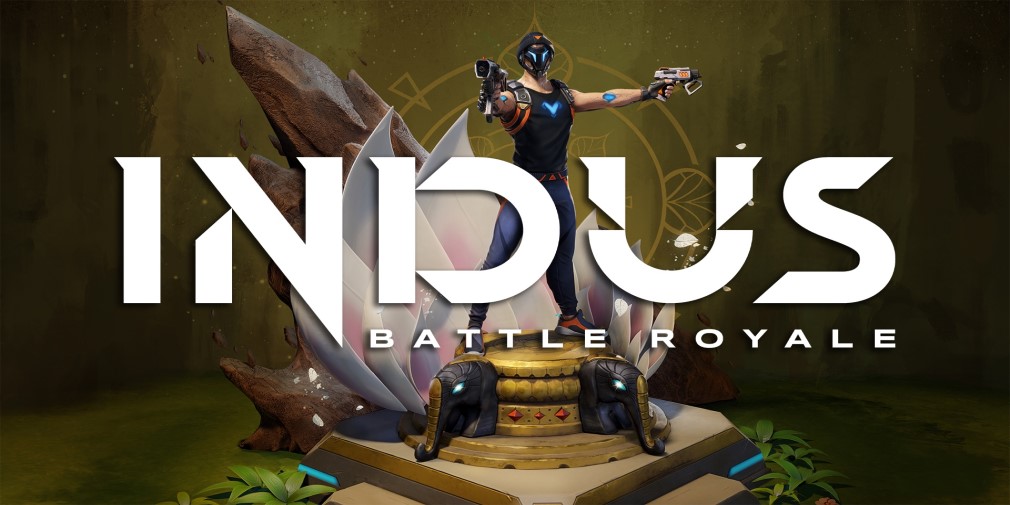In the annals of history, the world has witnessed numerous battles that have shaped the course of societies and civilizations. Among these, the Indus Battle Royale stands as a testament to the complexities and contradictions of human existence. This epic clash, which unfolded in the fertile Indus River valley, is more than a mere confrontation of arms; it embodies the very essence of human nature, societal dynamics, and the intricate interplay of power, resources, and ambition.
The Indus Battle Royale emerged as a crescendo in a region already steeped in historical significance. The Indus River valley, with its labyrinthine network of waterways and its capacity to sustain agriculture, gave birth to one of the world’s oldest and most advanced civilizations – the Indus Valley Civilization, also known as the Harappan Civilization. Flourishing between the 3rd and 2nd millennia BCE, this civilization boasted urban planning, intricate trade networks, and a script that remains undeciphered to this day. The cities of Harappa and Mohenjo-daro, with their impressive infrastructure and drainage systems, bear witness to the remarkable achievements of this ancient society.
However, the very success and sophistication of the Indus Valley Civilization also laid the groundwork for its eventual downfall. The battle royale that ensued was not solely about the clash of swords, but rather a culmination of internal and external factors that exposed the vulnerabilities of a thriving society. The decline of the Harappan Civilization is often attributed to a confluence of factors, including environmental changes, ecological degradation, shifts in trade routes, and perhaps even political instability. These intricacies highlight the interdependency of human societies with their environment and the fragility of even the most advanced civilizations.
The battle royale that unfolded was not confined to a single military confrontation but encompassed a series of events that encapsulated the spirit of the era. The lack of deciphered written records from the Harappan Civilization leaves historians to rely on archaeological findings, leading to speculative narratives. Nonetheless, traces of violence, destruction, and abandonment have been unearthed at multiple sites. The city of Mohenjo-daro, once a thriving center of culture and trade, reveals layers of destruction and fire, indicative of the turmoil that gripped the region.
While external forces such as migration and invasion might have played a role, it is the internal dynamics that provide a more nuanced perspective on the battle royale. The intricate social hierarchy and governance structures of the Indus Valley Civilization present an analogy to the power struggles inherent to human societies. The emergence of a ruling elite, possibly controlling the resources and monopolizing authority, might have sowed the seeds of discontent. The intricate beadwork, pottery, and artifacts found at burial sites offer a glimpse into the socio-economic disparities that could have fueled resentment and led to internal strife.
As with any battle royale, the aftermath of the conflict is equally telling. The decline of the Harappan Civilization saw a dispersal of its inhabitants, leading to migrations and the eventual fusion with other cultures. The legacy of this civilization lived on in the collective memory, myths, and traditions of the succeeding societies in the region. The battle royale was not a singular event, but a catalyst for transformation that resonated for centuries. The history of the subcontinent is a palimpsest, with layers of cultures and civilizations contributing to its rich tapestry.
The Indus Battle Royale transcends its historical context and offers valuable insights into the broader human experience. The rise and fall of the Indus Valley Civilization serve as a reminder that the very traits that contribute to human advancement can also sow the seeds of downfall. Ambition, innovation, and the pursuit of power are double-edged swords, capable of shaping destinies and precipitating decline. The Indus Battle Royale embodies the paradox of human existence, where the zenith of civilization can also mark the beginning of its decline.
From a contemporary perspective, the lessons of the Indus Battle Royale resonate deeply in a world grappling with its own challenges. The globalized nature of the modern world draws parallels with the trade networks that sustained the Harappan Civilization. The fragility of ecosystems and the impact of human activity on the environment are stark reminders of the consequences of unchecked growth. The complexities of power dynamics, socio-economic disparities, and the tensions between centralized authority and individual agency remain ever relevant.
In conclusion, the Indus Battle Royale is not merely a chapter in history but a reflection of the intricacies and contradictions that define humanity. It is a reminder that civilizations are not immutable, but are subject to the ebb and flow of time and circumstance. The battle royale that unfolded in the Indus River valley echoes through the ages, reminding us that the pursuit of progress must be tempered with wisdom, humility, and a deep understanding of the interplay between human societies and the world they inhabit. Just as the Harappan Civilization left its indelible mark on the landscape, so too does its legacy live on as a cautionary tale and a source of inspiration for generations to come.

